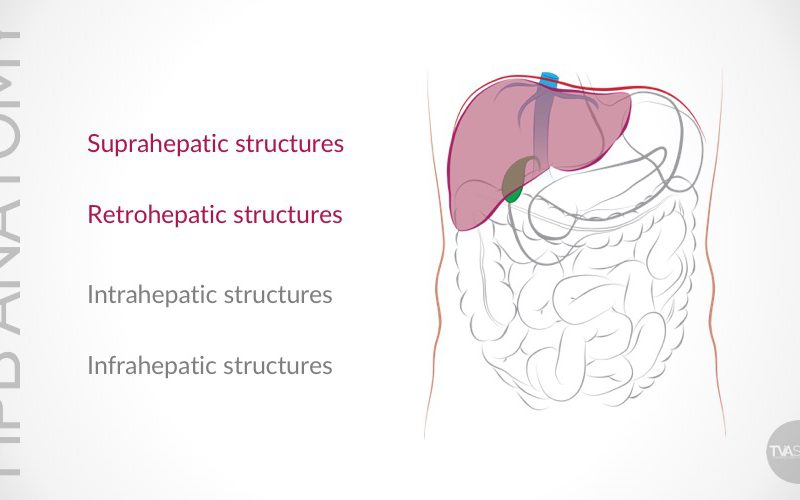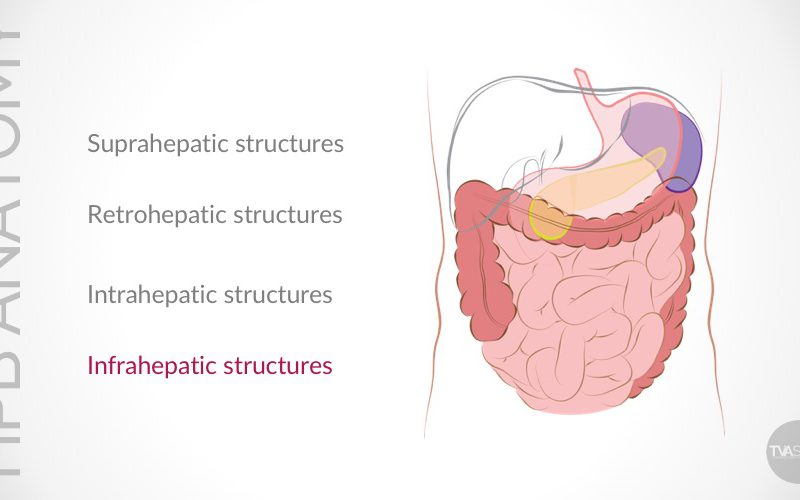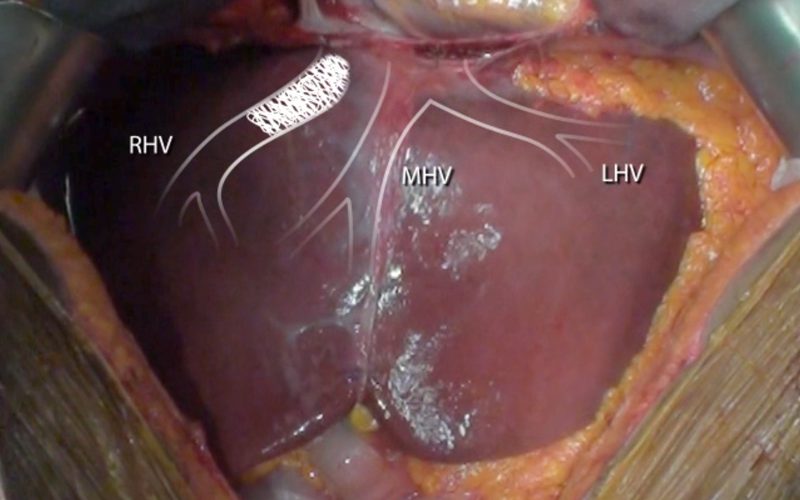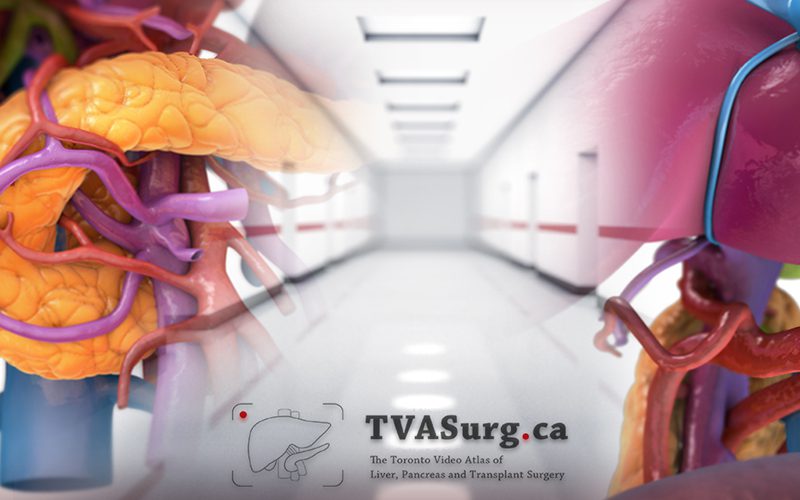Update on Conventional Hepato-Pancreato-Biliary (HPB) Anatomy
Part II: Intra-hepatic anatomy
00:17 Porta Hepatis
05:50 Bile Ducts
12:17 Hepatic Arteries
15:21 Portal veins
In 2015, TVASurg team presented at the Association of Medical Illustrators (AMI) annual meeting on Hepato-Pancreato-Biliary (HPB) Anatomy. In this presentation, we shared our perspective on surgical anatomy as visual communicators. Using a plethora of surgical footage and 3D computer models, we drew comparisons between how abdominal anatomy is commonly depicted, and what we actually observe in surgery.
This material is adapted from the presentation and divided into a three-part series. In this second part of the video series, starting from the porta hepatis, we discuss structures inside the liver: the bile ducts, the hepatic arteries, and the portal veins. We take an in-depth look at how these vessels and ducts enter the liver and their anatomical relationship to each other. We also discuss some variations of the vessels and ducts and how they affect surgical approaches.
- Donor Left Hepatectomy (12:32)
- Extended Left Hepatectomy (2:22, 3:23)
- Extended left hepatectomy with a complex portal vein reconstruction (20:38)
- Laparoscopic Right Hepatectomy (7:33)
- Living Donor Left Lateral Hepatectomy (2:15, 2:45, 7:12)
- Living Donor Right Hepatectomy (3:49, 7:56, 13:08, 13:19)
- Living Donor Right Lobe Recipient (15:14)
- Living Donor Segment 6/7 Liver Transplant (13:47)
- Pediatric Left Lateral Lobe Liver Transplant – Recipient (00:41, 13:12, 14:46, 16:42)
- Standard Left Hepatectomy for biliary cystoma (7:47)
- Standard right hepatectomy with PVE (13:38, 17:20)
- Segment 1/4 Mesohepatectomy (7:26, 9:10, 12:56)
- Segment 6/7 liver resection (17:46)
- Type I Choledochal Cyst Resection (13:59)




